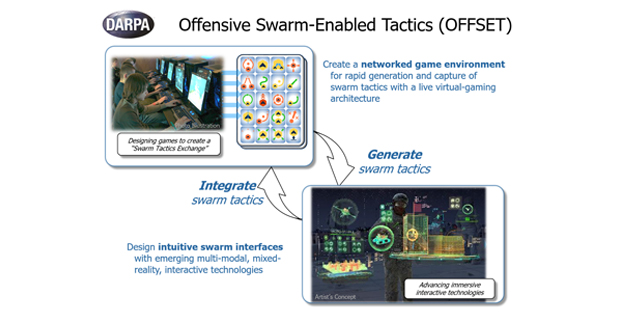F-Secure reports a security issue affecting most corporate laptops that allows an attacker with physical access to backdoor a device in less than 30 seconds. The issue allows the attacker to bypass the need to enter credentials, including BIOS and Bitlocker passwords and TPM pins, and to gain remote access for later exploitation. It exists within Intel’s Active Management Technology (AMT) and potentially affects millions of laptops globally.
The security issue “is almost deceptively simple to exploit, but it has incredible destructive potential,” said Harry Sintonen, who investigated the issue in his role as Senior Security Consultant at F-Secure. “In practice, it can give an attacker complete control over an individual’s work laptop, despite even the most extensive security measures.”
To exploit this, all an attacker needs to do is reboot or power up the target machine and press CTRL-P during bootup. The attacker then may log into Intel Management Engine BIOS Extension (MEBx) using the default password, “admin,” as this default is most likely unchanged on most corporate laptops. The attacker then may change the default password, enable remote access and set AMT’s user opt-in to “None.” The attacker can now gain remote access to the system from both wireless and wired networks, as long as they’re able to insert themselves onto the same network segment with the victim. Access to the device may also be possible from outside the local network via an attacker-operated CIRA server.
Although the initial attack requires physical access, Sintonen explained that the speed with which it can be carried out makes it easily exploitable in a so-called “evil maid” scenario. “You leave your laptop in your hotel room while you go out for a drink. The attacker breaks into your room and configures your laptop in less than a minute, and now he or she can access your desktop when you use your laptop in the hotel WLAN. And since the computer connects to your company VPN, the attacker can access company resources.” Sintonen points out that even a minute of distracting a target from their laptop at an airport or coffee shop is enough to do the damage.
Source: F-Secure Press Room | Global


